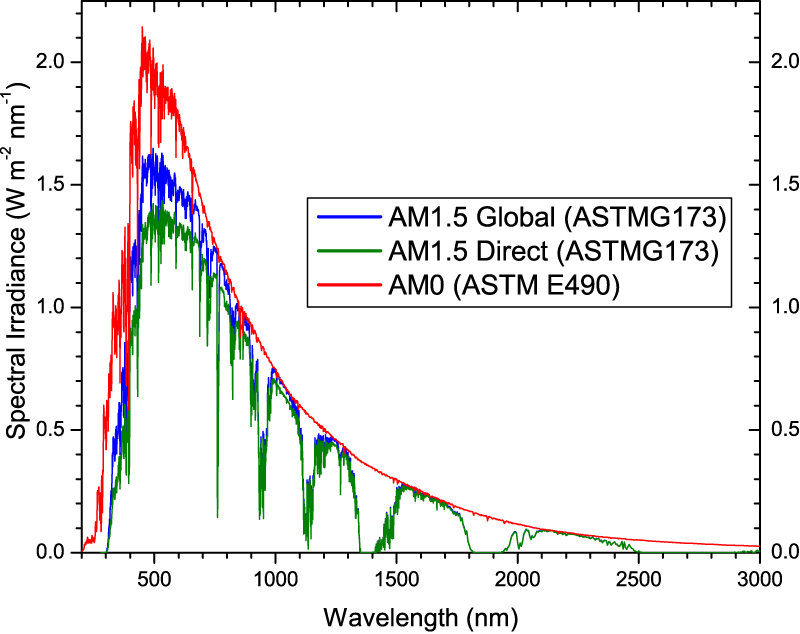

We also show that the performance of our method is much more robust

We show that our method performs significantlyīetter than existing local outlier methods, as well as state-of-the-art deepīaselines. LUNAR learns to use information from the nearest neighbours of each node in a Propose LUNAR, a novel, graph neural network-based anomaly detection method. ThisĪllows us to introduce learnability into local outlier methods, in the form ofĪ neural network, for greater flexibility and expressivity: specifically, we The more general message passing framework used in graph neural networks. In this paper, we beginīy unifying local outlier methods by showing that they are particular cases of Set of data due to their lack of trainable parameters. However, they cannot learn to adapt for a particular Performance on unstructured, feature-based data that is commonplace in many Huge collection, amazing choice, 100+ million high quality, affordable RF and RM images. They are popular for their simple principles and strong To those in its local neighbourhood: so-called `local outlier methods', such as
LUNAR DISK GRAPH PDF
Image Name: fullmoon.Authors: Adam Goodge, Bryan Hooi, See Kiong Ng, Wee Siong Ng Download PDF Abstract: Many well-established anomaly detection methods use the distance of a sample Plate Scale: 37.27"/pixel (along the x axis) and 40.9"/pixel (along the y axis) Plate Scale: 36.1"/pixel (along the x axis) and 31.3"/pixel (along the y axis) Plate Scale: 37.8"/pixel (along the x axis) and 35.8"/pixel (along the y axis) Plate Scale: 36"/pixel (along the x axis) and 42.5"/pixel (along the y axis) Radio Image Information: Image Name: radio_moon1.fts Resolution of a telescope = wavelength/diameter of the lens, or mirror. What is the corresponding wavelength of "light" in these images? (c = wavelength x frequency)Ĭalculate the resolution of the 140ft and the camera. The moon data taken at a frequency of 15 GHz. The energy picked up by the 140-Foot Radio Telescope to generate these images comes from about 1 meter below the Moon's surface. Because the Moon is a "black body" it absorbs at all frequencies of radiation emitted by the Sun, and then re-emits them in a way which corresponds to the Moon's temperature. Instead you are looking at reprocessed energy from the sun. However, when you view the Moon in radio, you are not looking at reflected sunlight. We can see the Moon from Earth with the naked eye because the Moon reflects visible light from the Sun toward the earth. Which telescope, the radio or optical, provides better resolution of the Moon? Why is this the case? (Hint: What is the difference between visible light and radio?) How do the radio images of the Moon differ from the optical image of the Moon?Ģ. Compare fullmoon.fts image to the radio moon images. In addition to the four radio moon images, open up the file " fullmoon.fts." This image was taken by Allen Galbraith on using a 35mm camera, 50 mm diameter lens and an ST-5 CCD Camera.ġ. Now what can you say about the radio moon? Then, multiply by BSCALE to get the temperature of the moon in K. First, use slice to determine the brightness counts of the brightest spot on a radio moon image. This calibration allows you to convert brightness counts into K (or whatever unit is specified in BUNIT in the header). BSCALE is a calibration number for radio images. Pick one of the radio moon images and select Image Info. In the headers of these radio images, you have information that can be used to plot the temperature of the moon for each image. Now, what can you say about the radio moon, based on your new knowledge? Does the radio moon show phases? What new questions do you have? Go to and determine if your predictions were right. Were these images made during the same phase of the moon? Predict:ģ. What differences do you see? Use slice to quantify your observations.
LUNAR DISK GRAPH FULL
Sue Ann Heatherly, Ron Maddalena, NRAO Tim Spuck, OCHSĮach month, we watch the moon go through phases from a tiny curved sliver to a full round disk and back again.


 0 kommentar(er)
0 kommentar(er)
